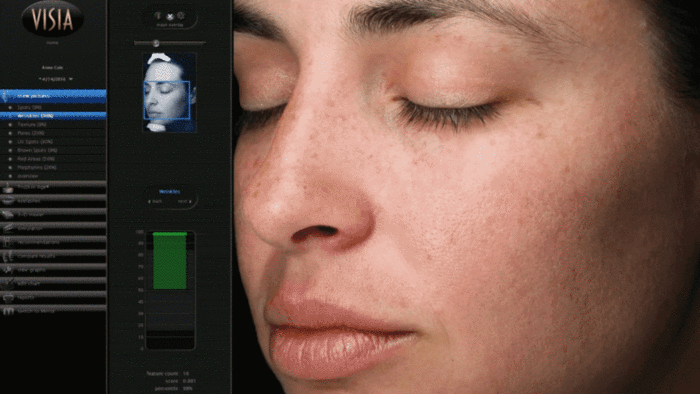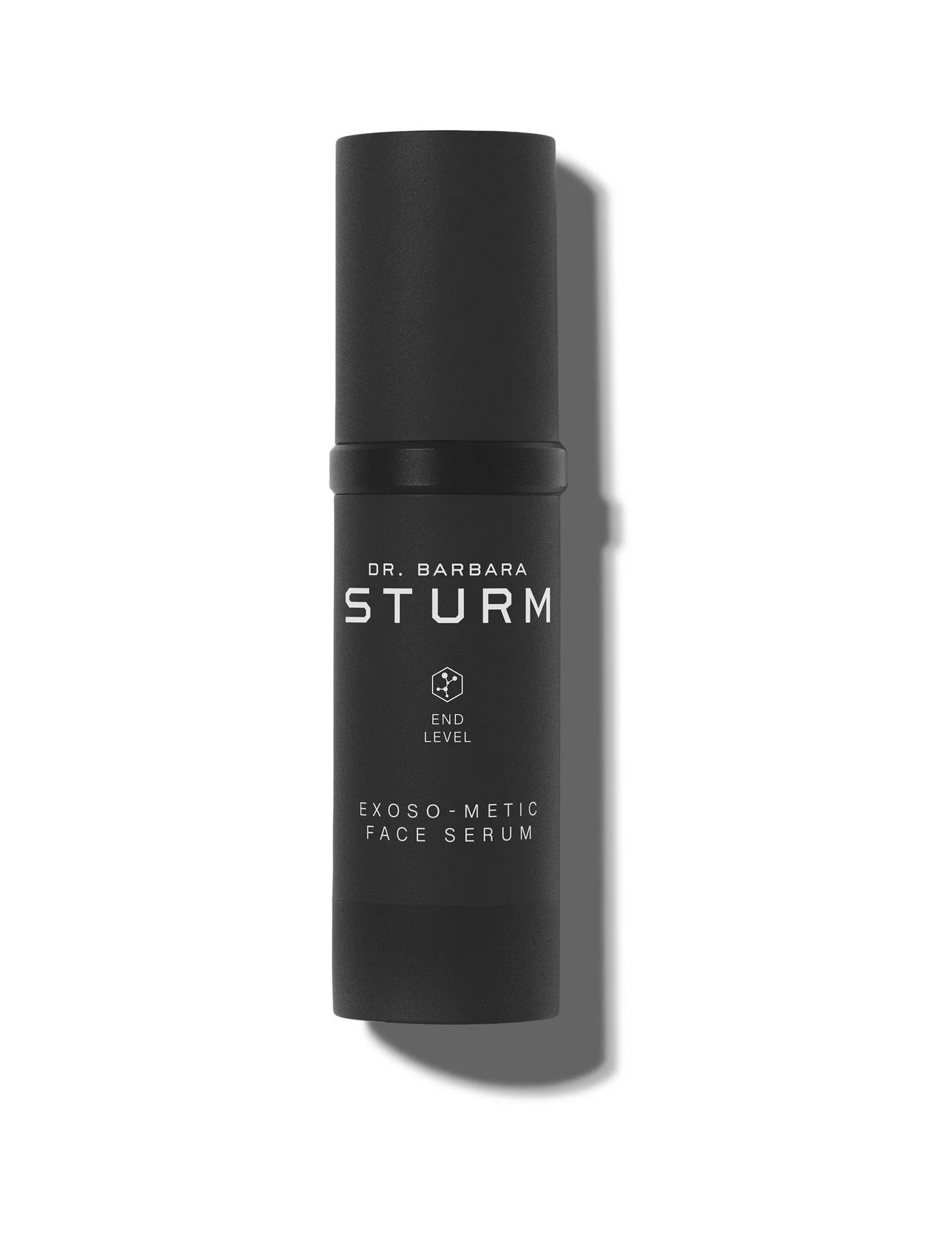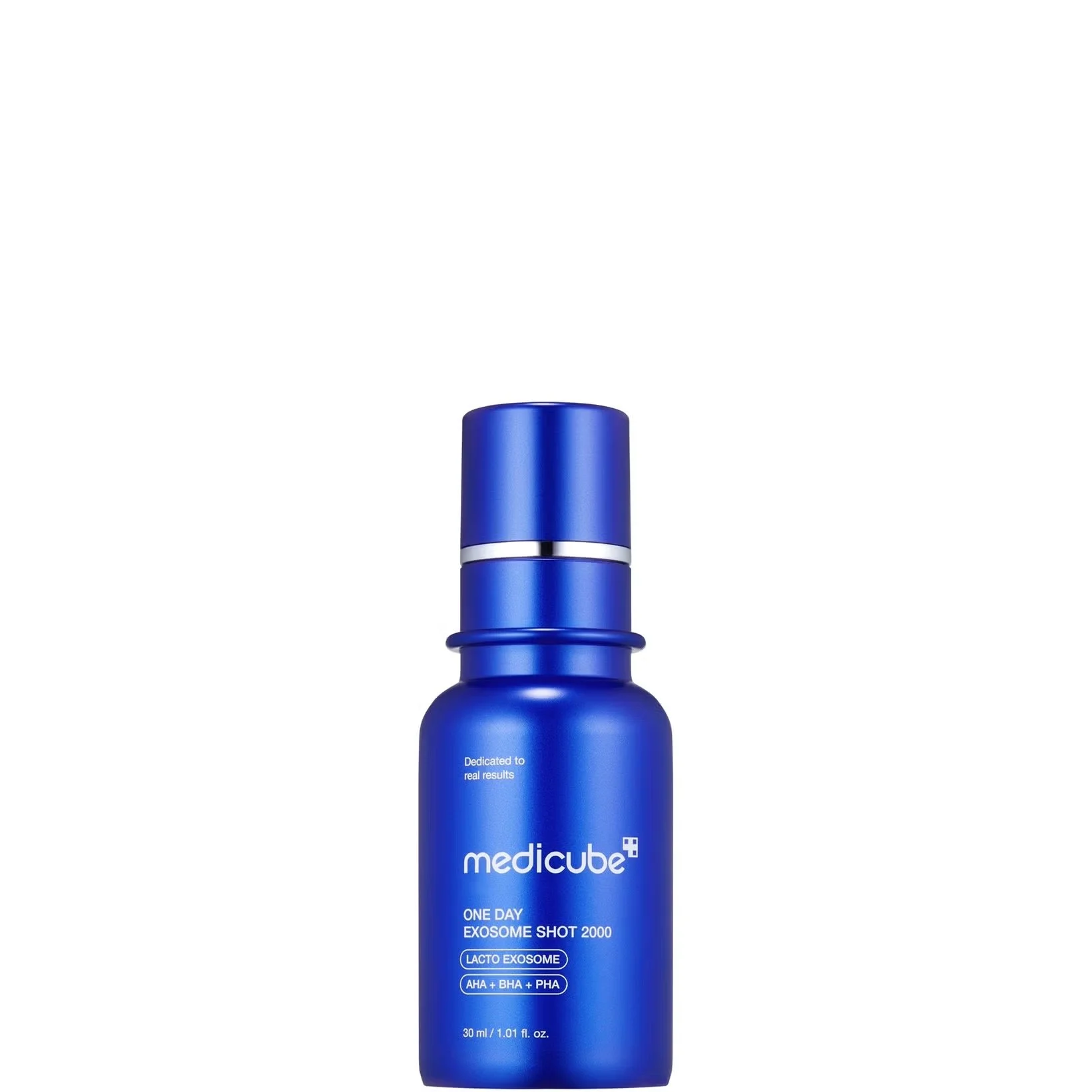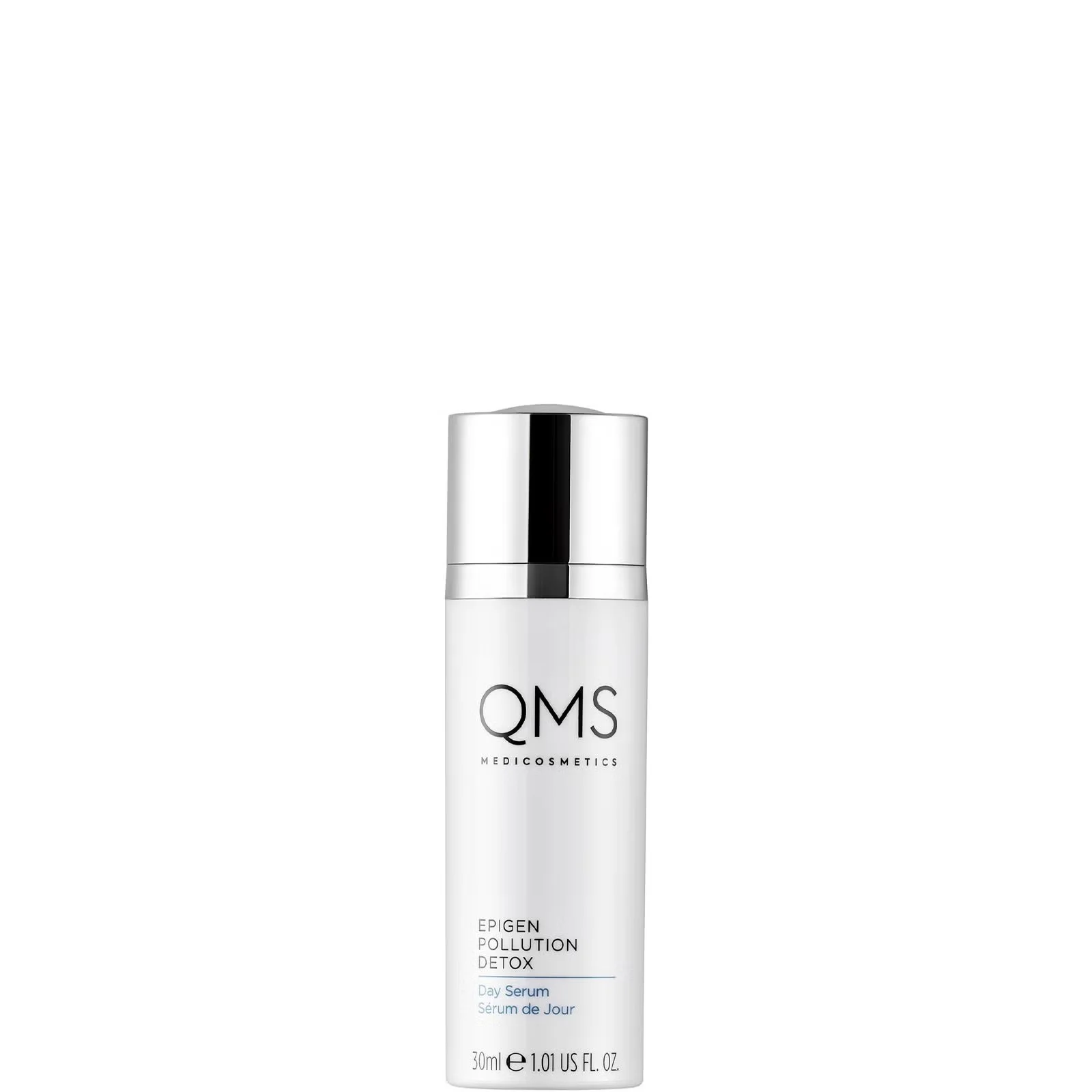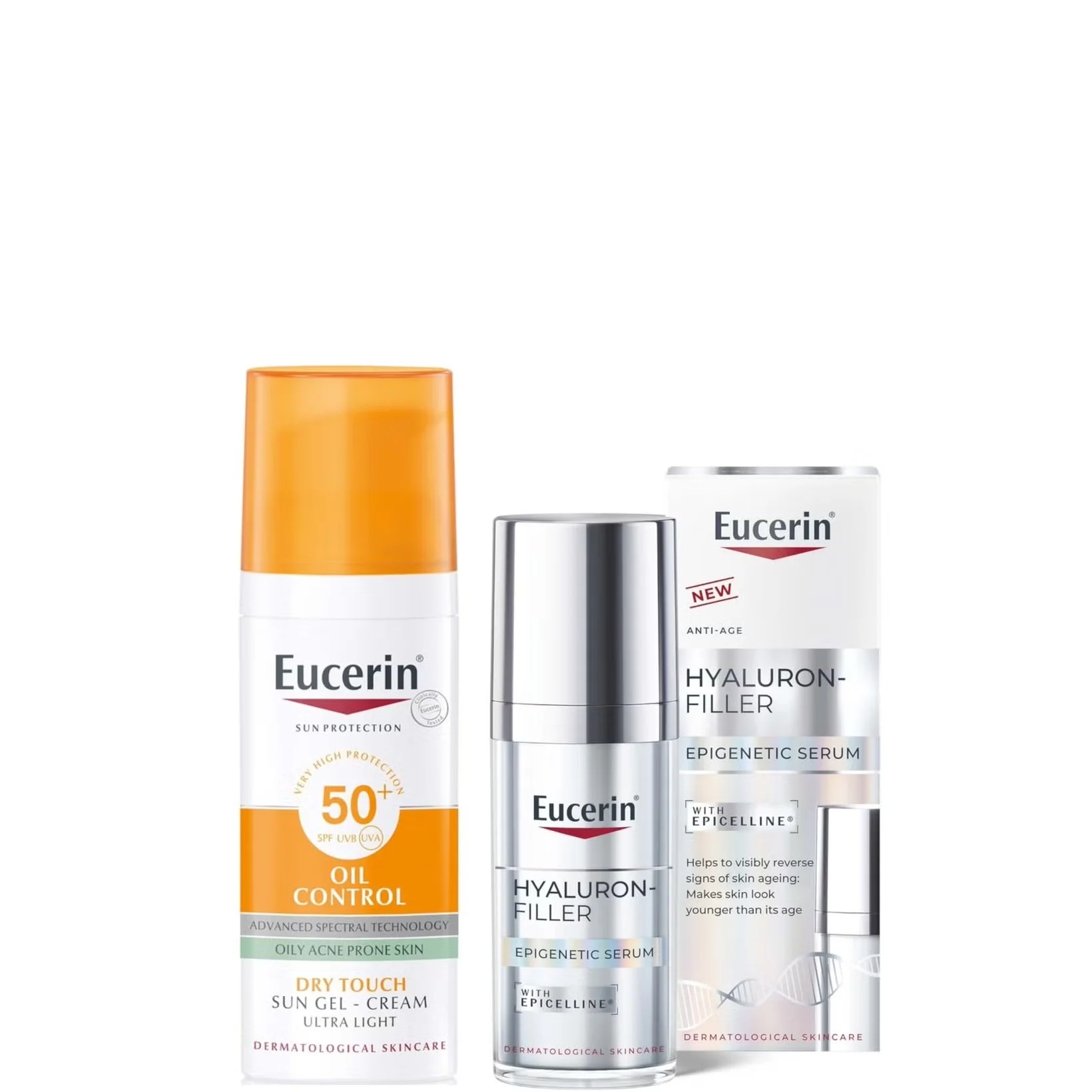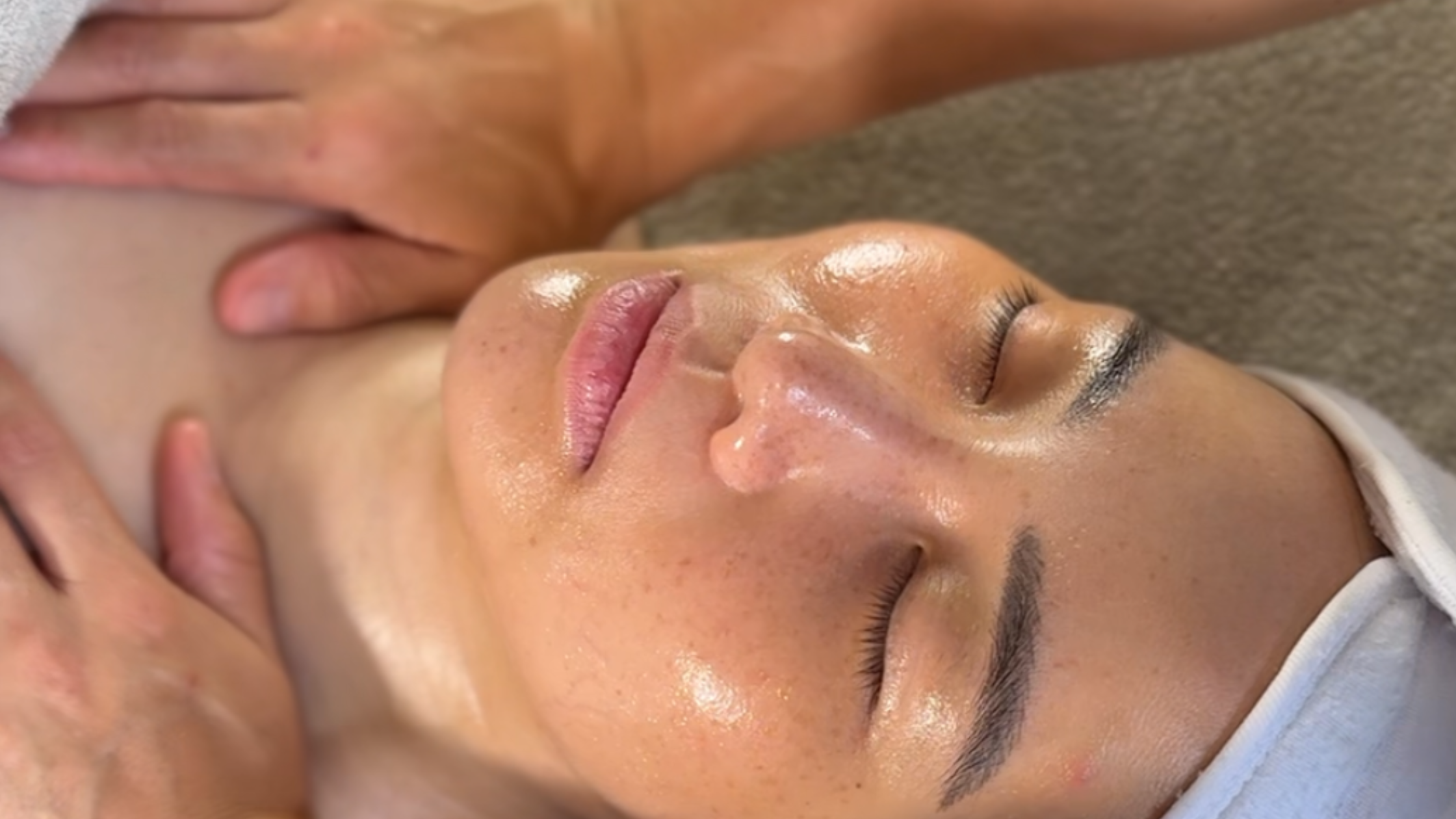Graceful #011 - Navigating AI in Skincare
AI Can Read Your Skin, But It Can’t Feel It
Lately, I’ve been thinking a lot about how we age (obviously) — not just that we age, but how. Not in the panic-driven, erase-every-line way we’ve been sold for decades, but in a quieter, more deliberate sense: how do we grow older with intention.
That curiosity has led me, inevitably, to think about artificial intelligence. This issue is more of a thought-piece than particularly pragmatic; but I have so many questions and I’m sure you do too.
AI has quietly crept into almost every corner of our lives — how we shop, how we work, even how we decide what to cook for dinner. Now, it’s moving into perhaps the most intimate realm of all: our skin. Let’s dive into what that means for us:
I’ve already met it in small, everyday ways. Just a few months ago; my son developed a rash so we tried Boots’ AI-powered skin checker to see what it thought. An incorrect guess (our GP later confirmed), but it gave me a handful of possible explanations I wouldn’t have considered. It’s not hard to imagine how, as the technology sharpens, these kind of tools could relieve some pressure from already stretched healthcare systems.
I’ve also seen AI in action with my own skin. Every year I stand under the unforgiving light to be photographed head to toe for my much despised, but very important mole mapping. Now this is totally captured, recorded and monitored using AI.
Similarly, annually I’ll pop my face into a VISIA to map my sun damage, track pigmentation shifts, and tell me how ‘old’ my skin really is. It doesn’t lie — it shows you everything and it’s confronting.
Sephora is combining augmented reality and artificial intelligence to simulate real-time makeup application on your face. You can test every foundation in their catalogue, and get the perfect match all without having to use a wet wipe.
In my clinic, I use AI behind the scenes: to untangle my scrawled consultation notes into something clear, concise, and usable for my client follow-ups.
AI is here and already very quickly, completely embedded in our day-to-day lives. But here’s the question I keep circling back to: if AI can map, measure, and monitor our skin so precisely — what happens to the human input? The touch, the intuition, the nuance? Does the value and presence of us, disappear over time as the technology evolves?
What’s AI bringing to the table:
There’s no denying it’s a game-changer. A few years ago, you’d have needed a dermatologist’s office or a high-end spa to access the kind of skin analysis you can now download on your phone.
So what does the future look like in beauty? Your serum is tailored to your DNA, your fragrance, designed by an algorithm using a photo from your last holiday. Your shampoo is customised to the pollution levels in your postcode?
AI has democratised precision. It’s taught us to see skin as a living, breathing organ that can be tracked, measured, and optimised.
And the not too-distant-future holds some wild possibilities.
Here are a few:
Exosomes: long been used in Korea (they are light years ahead of us) and slowly trickling into UK already; think of these as messengers. Like tiny parcels your cells send to each other, carrying instructions to heal, repair, or even calm inflammation. Instead of just sitting on your skin, future tailored products could help your cells talk more effectively to one another to get the result your skin ‘needs’.
Epigenetics: the science of teaching your skin cells to “remember” their younger behaviour; influencing gene expression. Perhaps encouraging collagen production or faster repair without ever needing to think about fillers or surgery. Think of it as pressing reset on your skin’s memory. Augustinus Bader has recently released a new platform to this tune, for ‘optimised longevity and wellbeing’.
3D bioprinting: scientists can now literally print living skin — not just the surface, but potentially with hair follicles. Right now, this is helping burn victims. But eventually this will be ‘replacement’ skin that integrates and regenerates like the real thing.
Nanotechnology: essentially delivering active ingredients more effectively by enabling deeper skin penetration, ensuring active ingredients reach exactly where they’re needed rather than getting lost on the surface. Combined with AI and we get ‘smart neurocosmetics’ that are highly personalised and can respond to individual skin needs in real-time.
For us as consumers, it means the products on our bathroom shelf could one day feel almost alive: not just targeting the upper layers of the skin, but collaborating with your biology. Right now each of these examples come with their own risks and research to be done, but this feels like the tip of the iceberg in terms of what might be possible; even at just an aesthetic level, nevermind in the medical world.
A Few Examples of Products Using Exosomes:
& Epigenetics:
What are the limits?
There are of course, blind spots. AI is amazing at telling you what it sees. Dryness here, redness there, pigmentation brewing beneath the surface. But it struggles to explain why.
Dryness could be dehydration, hormones, stress, a product not agreeing with you, or even a change in weather. Redness might be an overworked nervous system, a gut imbalance, or just an emotional response. These are nuances the algorithm cannot yet decode.
And then there’s an uncomfortable truth: most AI tools are trained on mass datasets right? In an industry that sadly reflects a very narrow view of beauty — often lighter skin, larger eyes, Western ideals and features more frequently documented; subtle nuance can be lost for melanin rich skin or faces that don’t fit these mass-media or historic norms. A digital reflection of the biases that have long been present in medicine, media and ‘beauty’. I’ve read there is work underway to broaden datasets and ensure more inclusivity but there’s still a long way to go.
What About Touch?
When a pair of trained hands meets your skin, the conversation changes. A machine might be able to map every pore, but it cannot feel the subtle heat that tells me blood flow is sluggish. It cannot sense the micro-tensions in your jaw that reveal stress, or the texture that hints at inflammation brewing beneath the surface.
I read recently that researchers are exploring how robots might replicate the warmth of human hands for massage. But it’s not the full picture — it’s almost laughable to think we could ever truly mimic human-to-human contact, especially considering how vital skin-to-skin touch is; from mothers and babies, how we encourage oxytocin, to the subtle signals our bodies exchange in massage.
Human touch offers context. It turns a snapshot into a story, connecting the dots between your skin and your life — your hormones, your diet, your sleep, your stress. It notices the warmth of your skin, the texture beneath the surface, even how quickly it flushes from pressure. I don’t think this means dismissing AI — just recognising that it isn’t binary. It can show us what is, but not what it means. And perhaps this is yet to come, but for now I find it hard to believe it could ever be replicated.
In beauty, we’re so often asked to pick a side: holistic or clinical, Botox or cupping, laser or enzyme mask. I suspect the vast majority of us live in the middle ground and dabble with a few things on either side of the fence. With our uptake for AI in skincare, I don’t expect it will look any different for the most effective results — maybe some microneedling with exosomes, tailored skincare products and regular AI-powered skin mapping — all balanced with lymphatic drainage, fascia release and hands-on skin assessment. AI can track your skin year after year and perhaps later it might be able to customise products, but this only becomes meaningful when interpreted through the eyes and hands of a professional who can place it in more context.
This is the balance I see shaping the next era of skincare: a dance between technology and touch.
How do we use it wisely?
So, how do we navigate AI as a consumer? A few thoughts:
Be curious, but cautious. Use AI tools for ideas, not answers. They’re a great starting point, but not gospel.
Pair data with touch. Let AI highlight what’s changing, but turn to human expertise to interpret it.
Stay aware of bias. Not every tool works equally well for everyone — inclusivity is still a work in progress.
Impact. There is an environmental compromise that we have not touched on, but is inevitably only going to worsen and impact the world we live in.
Remember the bigger picture. Your skin is not just a surface; it’s connected to your hormones, diet, sleep, stress, and environment.
From My Desk This Week:
One product I’m loving: I’ve used Tretinoin (prescription Vitamin A) for the last 4 years, but I’ve been reaching for the Medik8 Crystal Retinal again lately. I recently saw a post that made me second guess why I was persevering with it. Retinoids can feel intimidating — too strong, too irritating, but this one really is the sweet spot for daily use. Gentle enough that I don’t need to buffer it with a moisturiser, but with clinical studies to back it, and most importantly I can use it consistently. Progress doesn’t always have to be extreme; sometimes little and often is better.
What I’m reading/listening to: This week I was chatting with a fellow mum about how hard it can be to actually finish anything — from work projects to the book you’ve been meaning to read for months. Perfectly timed, this podcast episode, “Why You're Addicted To Starting But Never Finishing” landed. When I shared it on Instagram, the responses came flooding in: me too, I need to listen to this. It’s fascinating; she unpacks why our brains love starting things, the dopamine loops that keep us jumping from task to task, and offers practical strategies to help us see things through.
In the media: This week I saw someone I follow had been on a ‘Digital Detox Retreat’? Fascinated I read a few articles, this one in particular I enjoyed. It mentions that search interest for “digital detox retreat” has increased by 50% in the past year and the 2025 Hilton Trends Report found that a quarter of respondents say they now turn off social media during vacation. It made me think; perhaps in the future - beauty, how we care for our health, and yes skin, will focus more on giving your nervous system a pause. Something that we’ve known for a long time, but is a hard sell against miracle creams and pharmaceuticals.
Small shift to try this week: If breathwork feels too intense, try silence first. Just sit for five minutes — no sound, no phone, no need for any technique. Research shows short stretches of quiet can lower stress signals and settle the nervous system. It’s a simple way to calm your body before you layer in anything else (and it’s harder than it sounds).
As always, I hope this helps us all navigate some popularised topics around ageing with intention and ease. I’d love to hear your questions or any topics you’d like me to break down in future newsletters, just reply to this email.
With grace,
Charlie x
PS: Please forward this email on to anyone you think might find it insightful. They can sign up here, and read past issues here.
